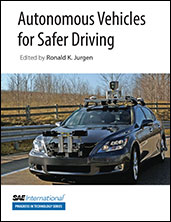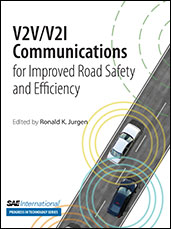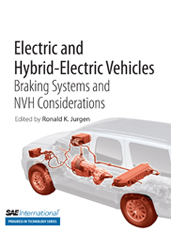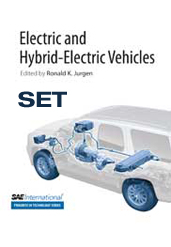Book

Autonomous Vehicles and V2V/V2I Communications Set
2013-04-16
This two-volume set consists of two edited books: Autonomous Vehicles for Safer Driving (PT-158), published in April 2013, and V2V/V2I Communications for Improved Road Safety and Efficiency (PT-154), published in August 2012. Both volumes include SAE-published documents that have been carefully selected and arranged by editor Ronald Jurgen to provide the reader with current information on these interrelated topics about the future of driving. The papers in the autonomous vehicles volume bring the reader up to date on successful demonstrations of autonomous vehicles, ongoing projects, and what the future may hold for this technology. It is divided into three sections: overview, major design and test collaborations, and a sampling of autonomous vehicle research projects.







